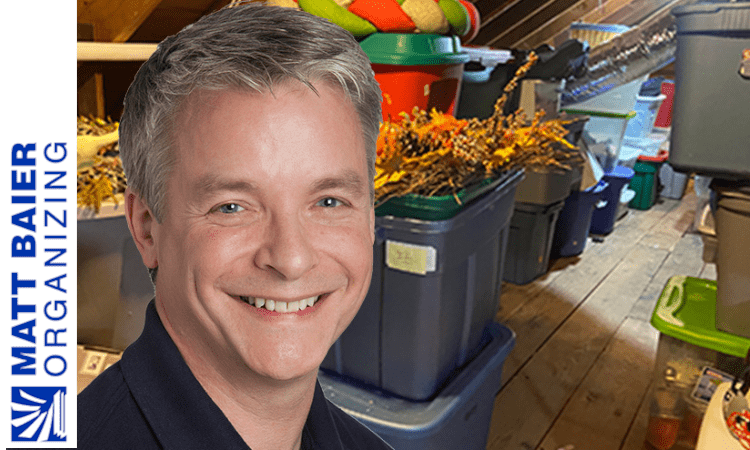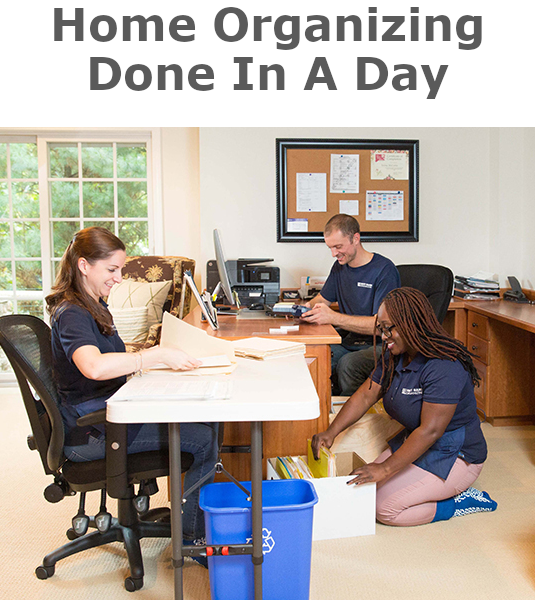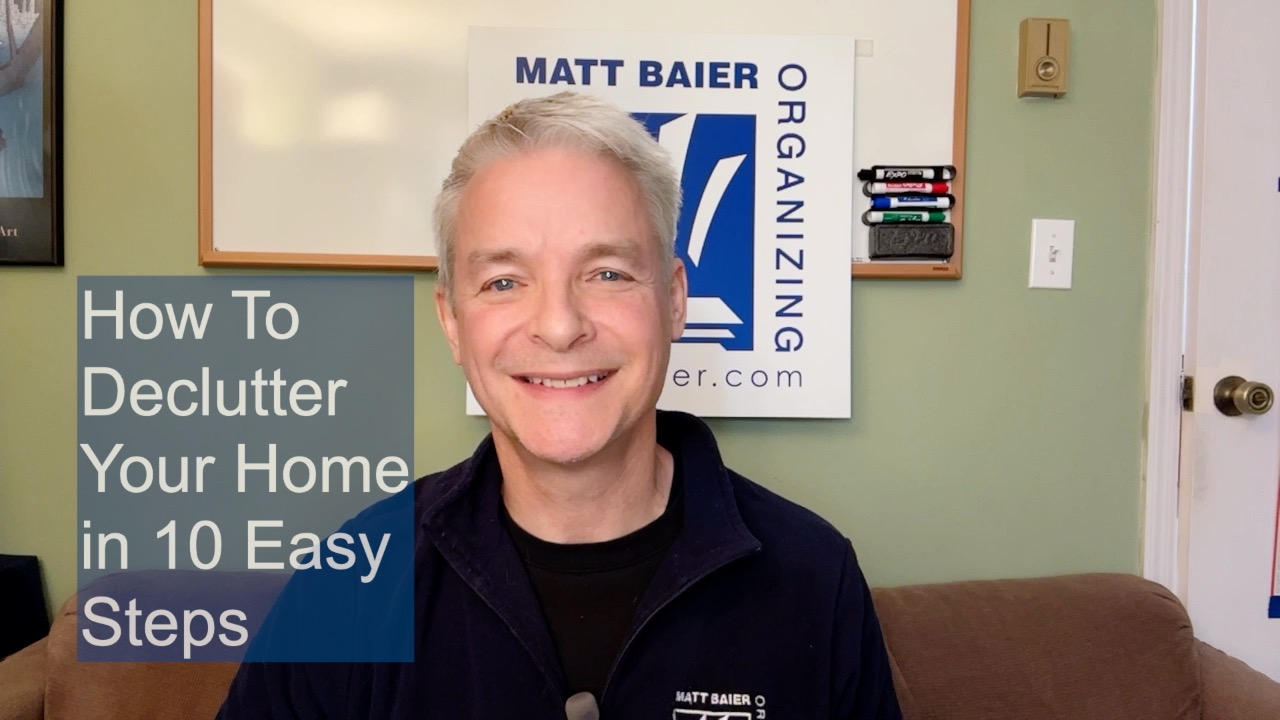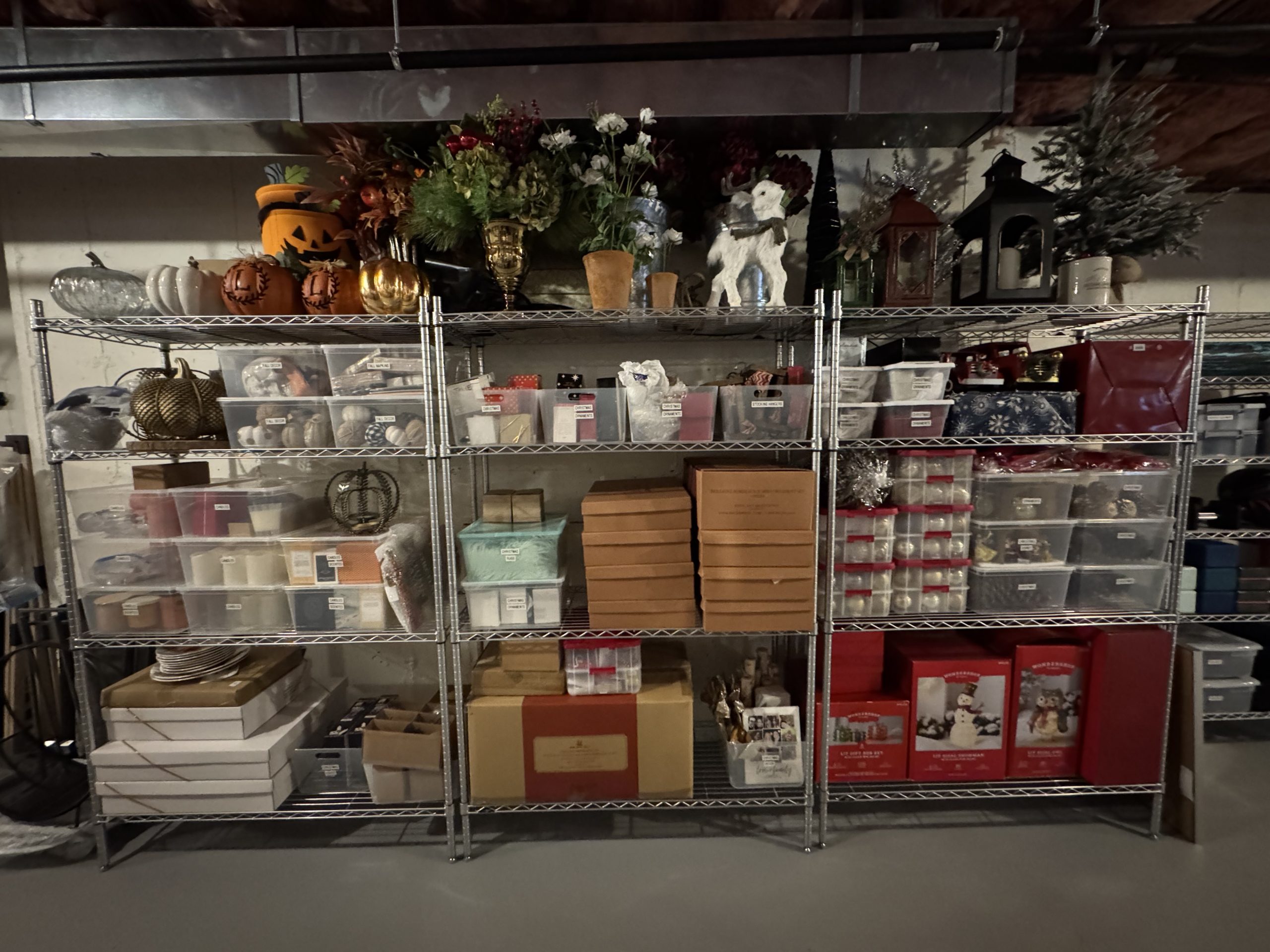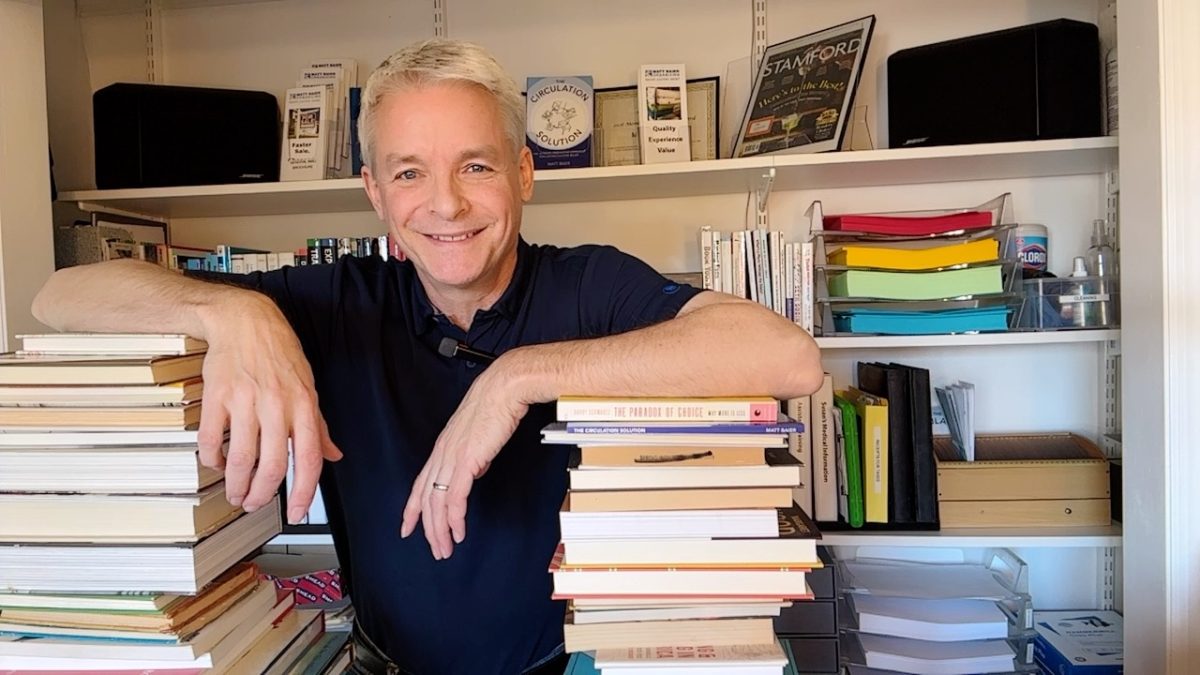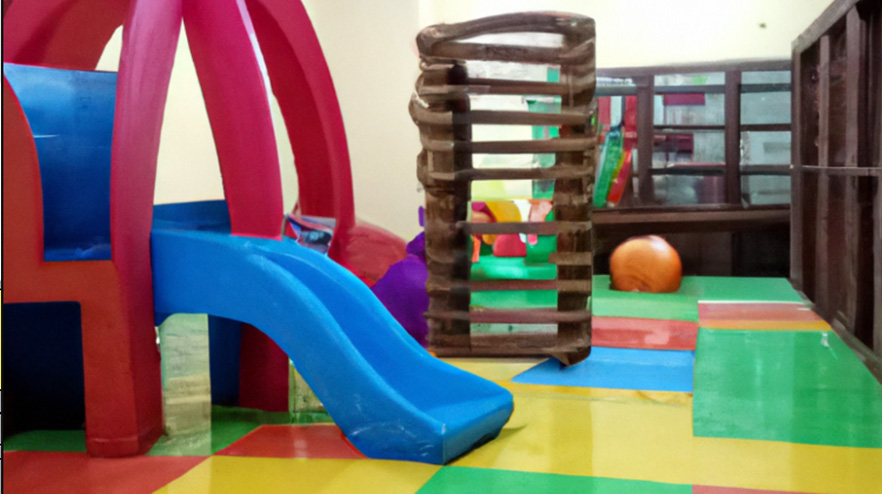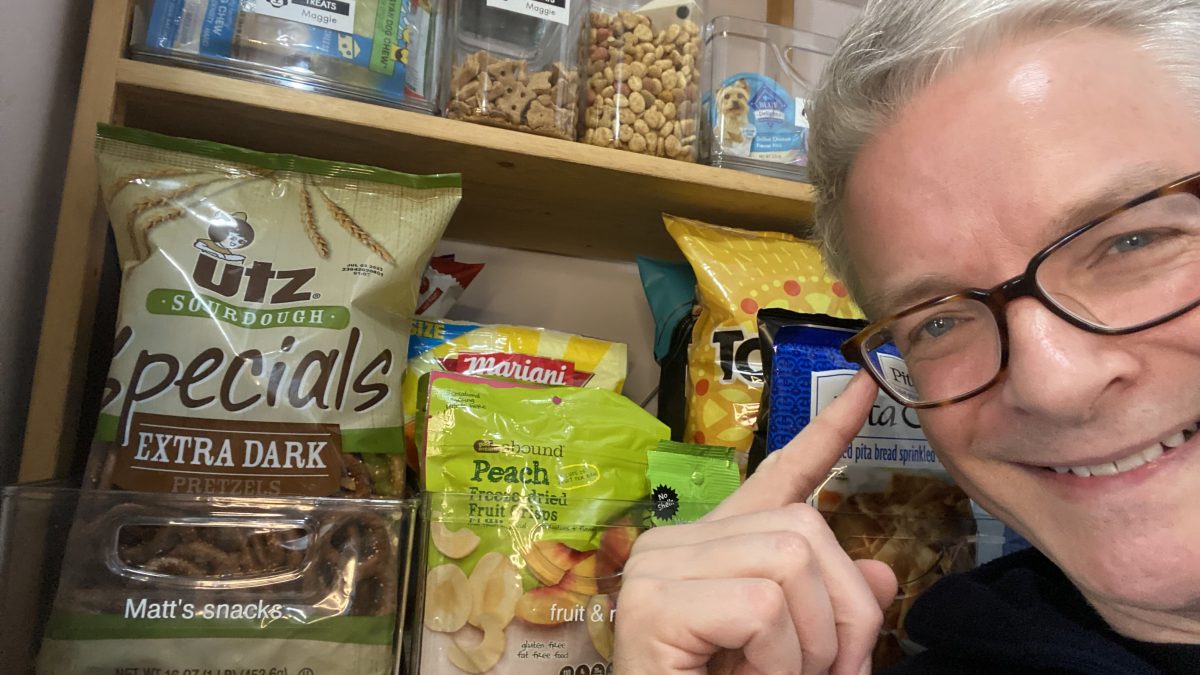My central organizing philosophy is circulation prevents accumulation. This is more obvious for regular activities like washing dishes and laundry, but I maintain it applies to EVERYTHING. Some items take much longer to circulate, but to stay organized the first question to ask is, is there an ALLOWANCE for movement?
For a healthy household, you don’t have to look any further than the model of the human body. In a healthy body, blood and oxygen circulate freely in a series of reliable stages. Dishes, for example, need to circulate in the reliable stages of cupboard, counter, table, sink, dish rack, and back to cupboard again. Otherwise, the dishes pile up, which makes for an unhealthy situation.
Of course, not everything in your home requires such DAILY attention. Your files are a perfect example, but they do need regular circulation in reliable stages. Paper that require action, like bills to pay, may need to be out for a few weeks before being put away. Files that you need to keep for the current tax year need to be easily accessible in a file drawer for about 15 months. Once taxes are settled for the year, the supporting statements can move on to archive files in a more remote location. After files are archived, there should still be a plan for movement, even if it takes 6 or 10 years. There is a period of time when most files completely lose their value and should be recycled or shredded. Even though this cycle is measured in years, there is an allowance for movement, which you don’t get from treating all paper the same way.
Even things that you are keeping with no intention of using require an allowance for movement, to keep them under control. I’m thinking specifically of keepsakes. These are items that bring back good memories, but you don’t want to display. All you need to do with these is keep them in one place. What this does is make you aware of just how many you are keeping. If your keepsakes are filling up half of your only closet, for example, are you honoring your past or being weighed down by it? If all your keepsakes are in one place, you are able to ask these questions. You can clearly see the need for editing, taking photos, and other alternatives. When keepsakes are randomly spread throughout your home, you have no idea of how much of your space they take up and therefore no allowance for movement.
To stay organized, everything in your environment needs an allowance for movement. Whether things move as frequently as a dish or as infrequently as a collection of keepsakes, circulation prevents accumulation.
Please Share With Your Community
Testimonials
What some of our clients are saying
Imagine An Organized Home

